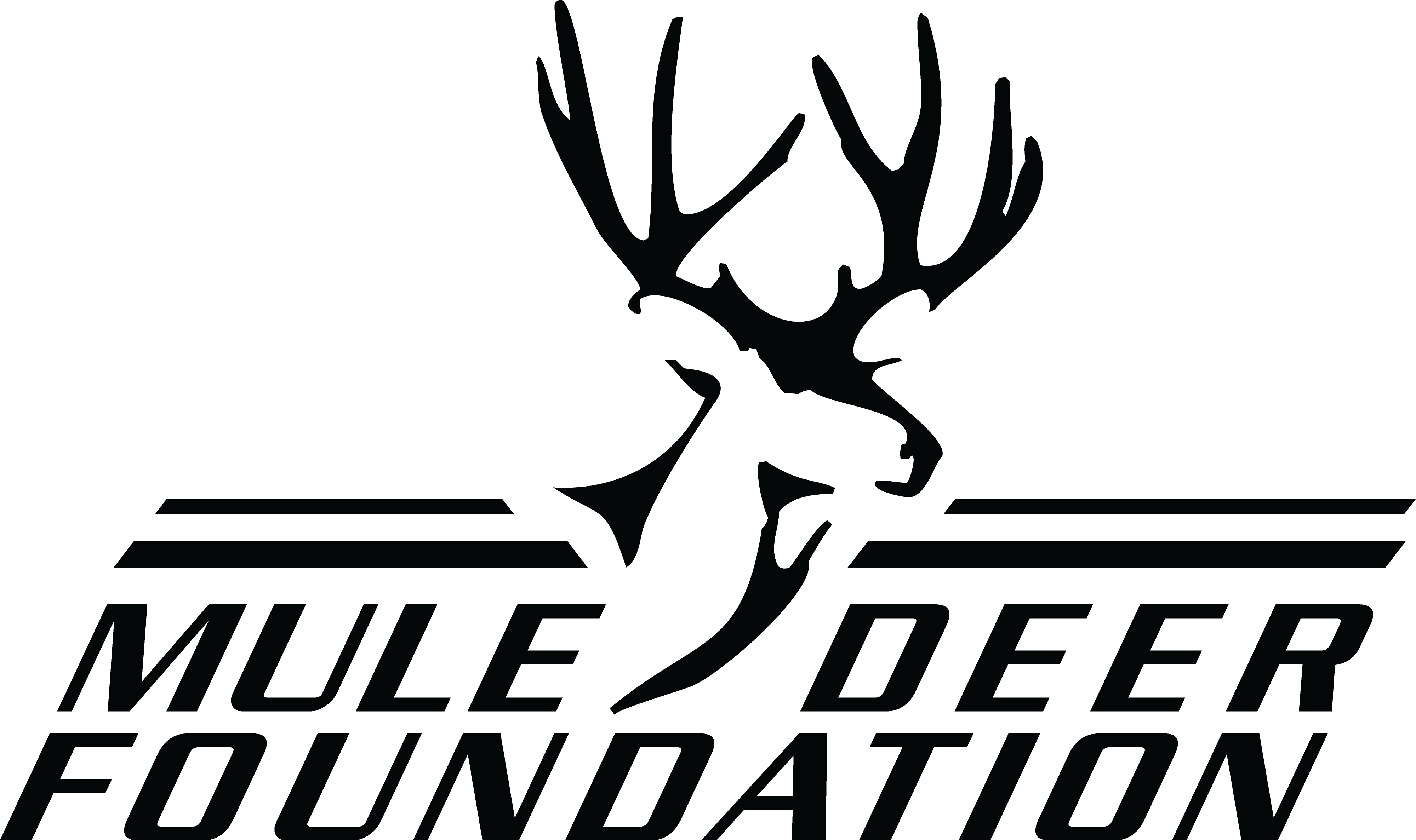News & Announcements

I am an avid outdoorsman and conservationist who grew up in the Black Hills of South Dakota. This region and our way of life instilled in me a deep appreciation and passion for wildlife and wild places. I consider myself fortunate to work, recreate, and raise a family along the boundary of the American West and the Great Plains. Whether I’m managing a habitat project, fighting fires with the local VFD, or pursuing big game, I’m driven by a desire to leave things better than I found them—ensuring that my daughter and future generations can enjoy the same opportunities and landscapes that I have.

Brew Coffee, Support Conservation: Hunting Day Coffee Company Partners with the Mule Deer Foundation
The Mule Deer Foundation is proud to announce our partnership with Hunting Day Coffee Company, where 30% of profits go directly to MDF’s mission of conserving mule deer, black-tailed deer, and their critical habitats.

Federal Ammunition introduced its popular Fusion line of hunting ammo in 2005. The development of Fusion was driven by a desire to create a rifle cartridge that combined the best qualities of traditional hunting bullets with the advantages of modern projectile design. The result was a full line of ammunition featuring bonded bullets specifically engineered for deer hunting, offering excellent weight retention, expansion, and accuracy. The addition of a polymer tip brought a fresh evolution to these time-tested hunting loads.
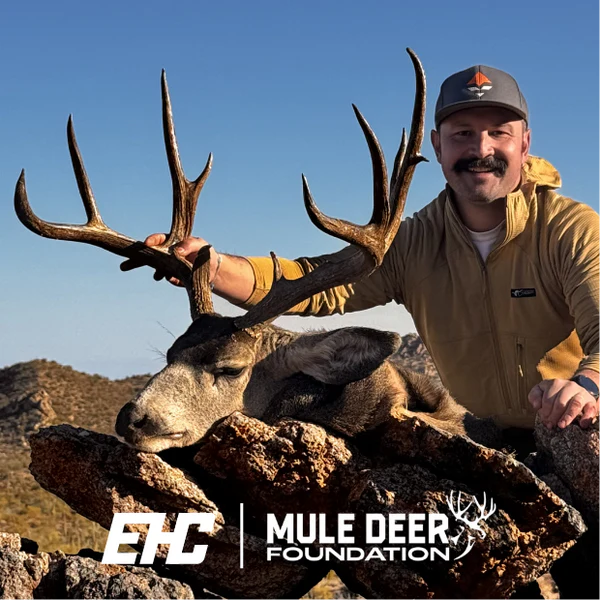
The Mule Deer Foundation is proud to share an incredible opportunity for those who dream of hunting the legendary giants of Sonora, Mexico. Known for producing some of the biggest mule deer bucks in North America, Sonora offers the perfect combination of rugged desert landscapes, prime winter rut timing, and expert local guides who know exactly where to find world-class animals.
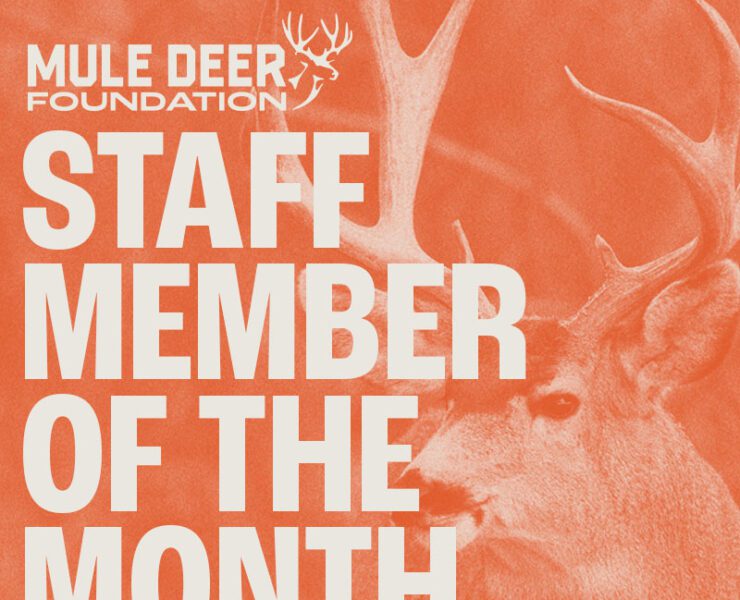
Wildlife of the west are facing increasing threats to their continued existence. Grace understands the importance of protecting this wildlife and the habitats that they rely on. She is passionate about ensuring that future generations can spot a mule deer in the sagebrush sea. Or see a herd of pronghorn run freely across the landscape. It’s up to all of us to work together to give back to the landscapes and wildlife that are an integral part of our American identity
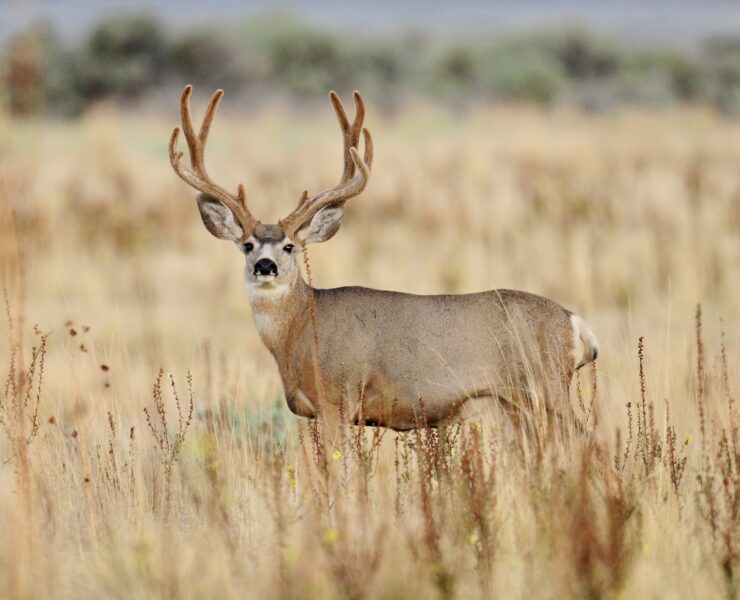
f you’ve spent any time on the eastern prairie breaks or the steep ridges of western Montana, odds are you’ve crossed paths with mule deer. They’re woven into the landscape here. To we fortunate few who have invested in this land these critters are not just as a game animal, but a part of what makes the West wild. Like a lot of things in Montana, their story is one of peaks, valleys, and a changing environment.
“The Mule Deer Foundation values America’s public lands, essential for our hunters’ access to pursue mule deer and black-tailed deer in the West. We are concerned about the Senate’s reconciliation bill provision mandating that potentially millions of acres would be sold or transferred, as it lacks transparency and public input. We urge a thoughtful, transparent process that safeguards our hunting heritage while addressing land management challenges.”

I earned my bachelor’s degree in Wildlife from Purdue University in 2016, then spent several years working seasonal field technician jobs, primarily capturing and collaring elk and mule deer, and conducting vegetation surveys to assess habitat conditions. In 2019, I moved to Salmon, Idaho, where I worked for Idaho Fish and Game, first as a big game population technician, monitoring collared big game, and later as a depredation technician, working with landowners to mitigate wildlife conflicts.
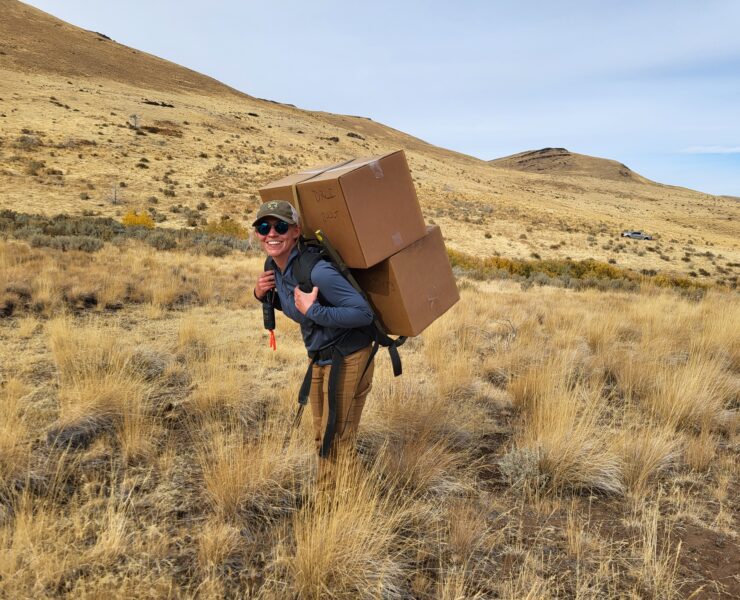
The Mule Deer Foundation (MDF) is seeking applicants for one Project Manager to assist with habitat projects on the USFS lands. This position is a full-time, field- based, position that will help deliver the mission of MDF on USFS lands. This is a term, 2-year position with the possibility of extension based on funding.

It is my pleasure to welcome our newest hire, Shelby Pollard. She will be our Region 2 Regional Conservation Coordinator helping us implement habitat projects and further our partnerships in Colorado, Wyoming, Nebraska, and parts of South Dakota. Below is more information about Shelby, please reach out to her and welcome her to the MDF team!
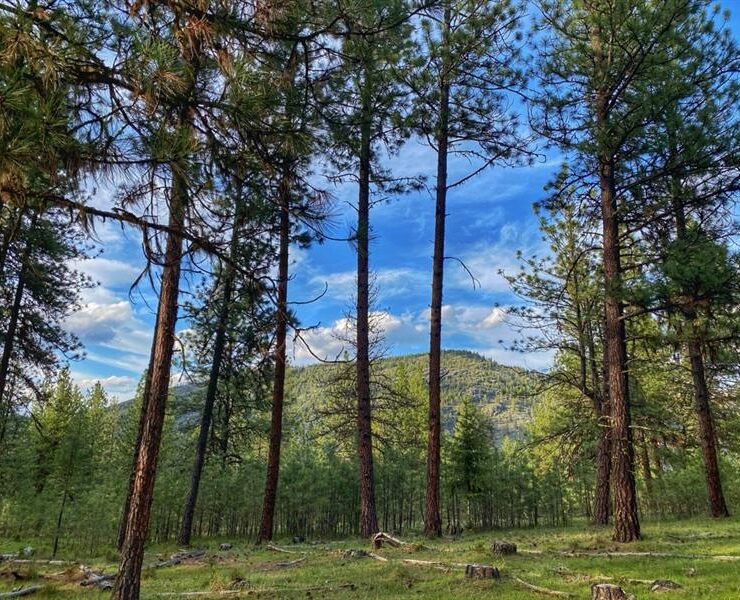
The Mule Deer Foundation (MDF) applauds Senators John Curtis – UT-(R), Tim Sheehy – MT (R), John Hickenlooper – CO (D), and Alex Padilla – CA (D) for introducing the Fix Our Forests Act (FOFA) in the United States Senate. This bi-partisan Act will allow federal land management agencies including the US Forest Service and Bureau of Land Management to improve the health of our public lands including work on important habitats for mule deer.
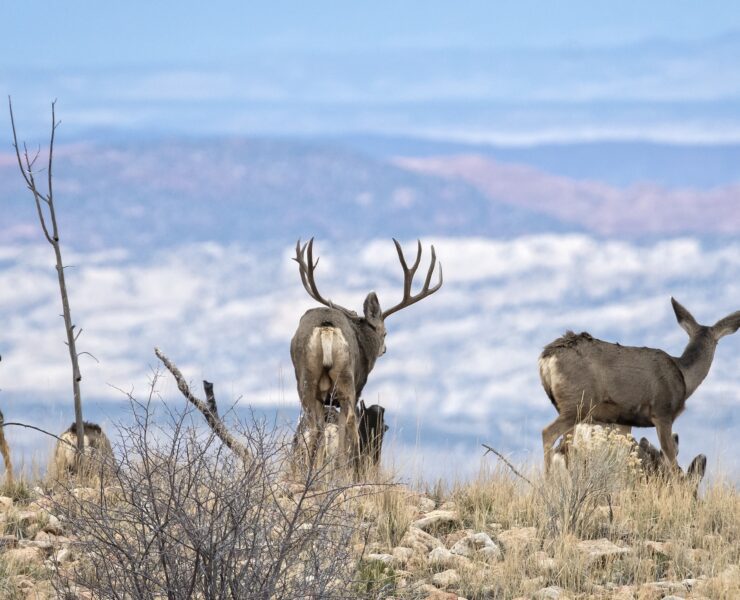
The Mule Deer Foundation Clearfield Utah – April 4th 2025POC: Ashley Rambo, [email protected] Clearfield, UT –…


